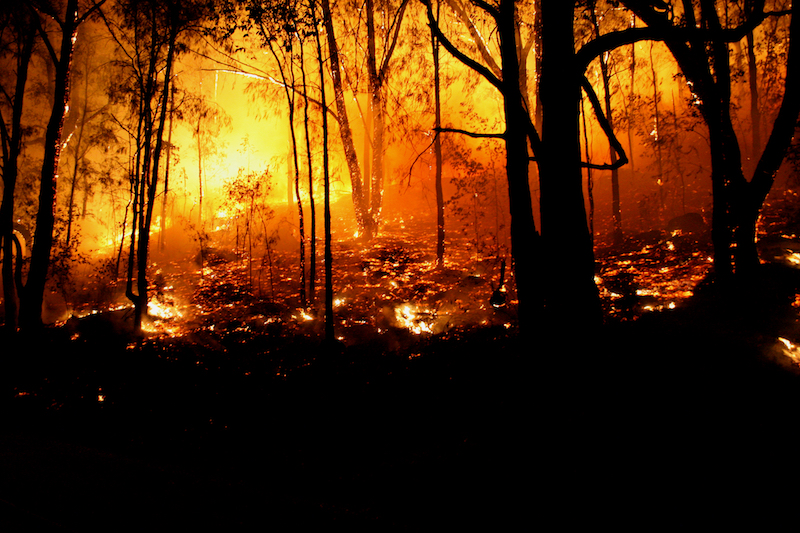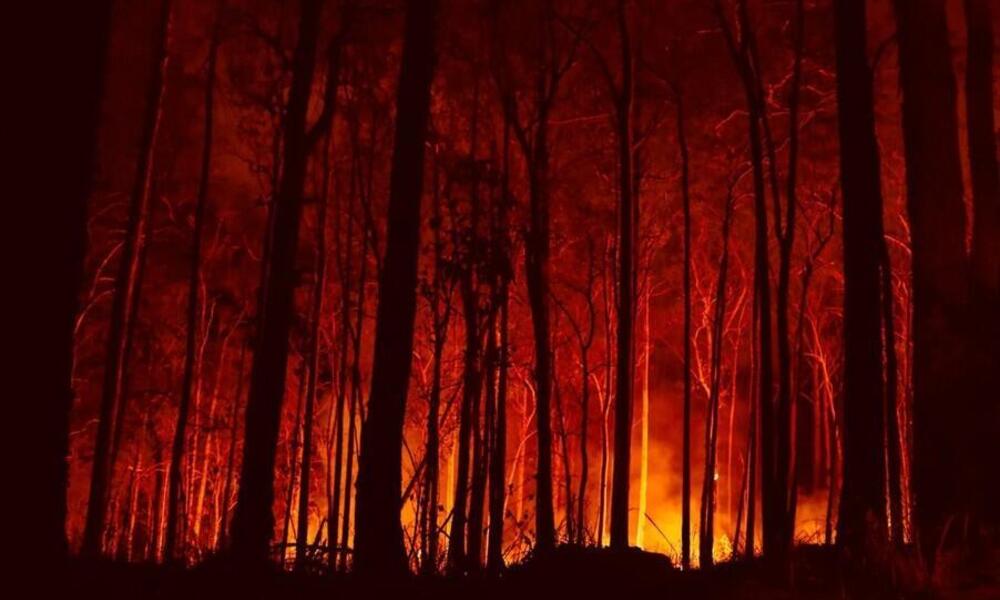Planning for Safety: Establishing a Reliable Bushfire Management Plan
Planning for Safety: Establishing a Reliable Bushfire Management Plan
Blog Article
Expert Guidance on Bushfire Administration for Improved Fire Security
In the world of bushfire administration, the relevance of expert guidance can not be overemphasized. From understanding the subtleties of bushfire behavior to carrying out useful measures such as firebreaks and defensible rooms, there exists a wealth of knowledge that can considerably improve fire defense efforts.
Comprehending Bushfire Actions
To efficiently manage and reduce the effect of bushfires, it is essential to have a thorough understanding of bushfire behavior. Bushfires are complicated all-natural phenomena influenced by various aspects such as climate condition, topography, fuel tons, and human tasks. Recognizing how these elements engage is crucial in predicting the habits of a bushfire, enabling far better planning and action methods.
One trick facet of bushfire habits is fire spread. By examining past fire events and analyzing fire patterns, specialists can prepare for just how a bushfire might proceed under details conditions.
In addition, understanding cinder attack, detecting, and fire whirls is crucial in comprehending the full degree of bushfire behavior. Coal can travel lengthy distances in advance of the fire front, sparking area fires and posing a substantial risk to properties. Fire whirls, on the various other hand, can create erratic fire habits, making the fire monitoring process much more tough. By delving right into these intricacies of bushfire habits, authorities can boost their preparedness and response abilities, inevitably minimizing the influence of these damaging occasions.
Executing Firebreaks and Defensible Areas
Understanding bushfire actions is foundational for effectively implementing firebreaks and developing defensible rooms to improve fire protection. Preserving these firebreaks with regular clearing up of particles and plants is necessary to ensure their effectiveness during a bushfire occasion.

Properly applying firebreaks and defensible spaces needs meticulous preparation, regular maintenance, and community cooperation to make certain the highest degree of fire defense for homes and lives in bushfire-prone locations.
Using Very Early Caution Solutions
Releasing innovative early caution systems is important for prompt detection and notifying of possible bushfire threats. By using innovative innovations such as satellite surveillance, weather sensors, and thermal imaging, authorities can properly identify and monitor fire-prone areas ignition sources at the earliest phases. These systems can give real-time data ablaze behavior, intensity, and instructions, permitting prompt decision-making and rapid implementation of firefighting resources to the impacted areas.
Early warning systems also play a critical duty in alerting residents and communities concerning putting in jeopardy bushfire threats. Through automated sirens, message informs, call, and social media notifications, individuals can be promptly notified regarding discharge orders, risk-free shelter areas, and emergency situation procedures. This proactive technique not only saves lives yet likewise reduces property Full Report damages by ensuring that people have adequate time to evacuate and protect their homes.
Developing Emptying Plans
Effective discharge plans are crucial for guaranteeing the safety of citizens in bushfire-prone locations. Developing well-thought-out emptying approaches is essential in minimizing the risks presented by bushfires and guarding human life. These strategies should be extensive, taking right into account various elements such as the topography of the area, the thickness of vegetation, and the likely speed and instructions of the fire's spread.
When developing evacuation plans, it is crucial to develop clear discharge routes and assembly factors where citizens can gather safely. These routes ought to be frequently kept to make certain ease of access during emergencies. Additionally, interaction methods must remain in area to sharp locals of impending danger and supply clear guidelines on emptying procedures.
Collaboration in between neighborhood authorities, emergency situation solutions, and area members is crucial in creating reliable emptying plans. When a bushfire threatens the area, regular drills and exercises should be conducted to acquaint citizens with the procedures and make certain a swift and arranged emptying (BAL Assessment). By prioritizing the development of durable evacuation strategies, communities can boost their strength to bushfire emergency situations and reduce the possible effect on lives and residential or commercial properties

Engaging in Area Preparedness
In the world of bushfire management, cultivating community readiness plays a pivotal function in strengthening the durability of homeowners residing in risky areas. Engaging in area readiness includes find more information informing residents on bushfire dangers, advertising fire security methods, and creating emergency plans jointly. By proactively including the area in preparedness efforts, individuals come to be more notified and encouraged to take positive actions to protect their lives and homes during bushfire events.
Neighborhood readiness initiatives commonly consist of performing fire drills, developing interaction networks, and arranging training sessions ablaze suppression methods. Additionally, urging cooperation amongst next-door neighbors to develop a natural support system can dramatically boost the total readiness degree of an area. When homeowners are educated and outfitted to react properly to bushfires, the chance of minimizing damage and ensuring safety rises significantly.
Conclusion
To conclude, efficient bushfire management calls for a thorough understanding of fire habits, the implementation of firebreaks and defensible spaces, the utilization of early warning systems, the growth of evacuation strategies, and neighborhood engagement in preparedness initiatives. By including these methods, communities can improve their fire protection actions and decrease the impact of bushfires on both residential or commercial property and lives. Bushfire Risk. It is critical for all stakeholders to function with each other to produce a more secure atmosphere despite this natural disaster
To successfully take care of and reduce the effect of bushfires, it is important to have a detailed understanding of bushfire actions. By studying visit our website past fire occurrences and assessing fire patterns, experts can anticipate exactly how a bushfire might proceed under specific conditions.Recognizing bushfire behavior is foundational for successfully implementing firebreaks and producing defensible areas to improve fire defense. Engaging in neighborhood readiness entails enlightening residents on bushfire risks, promoting fire security techniques, and establishing emergency strategies collectively.In verdict, efficient bushfire monitoring needs a thorough understanding of fire actions, the execution of firebreaks and defensible rooms, the use of very early warning systems, the growth of discharge strategies, and neighborhood interaction in preparedness efforts.
Report this page